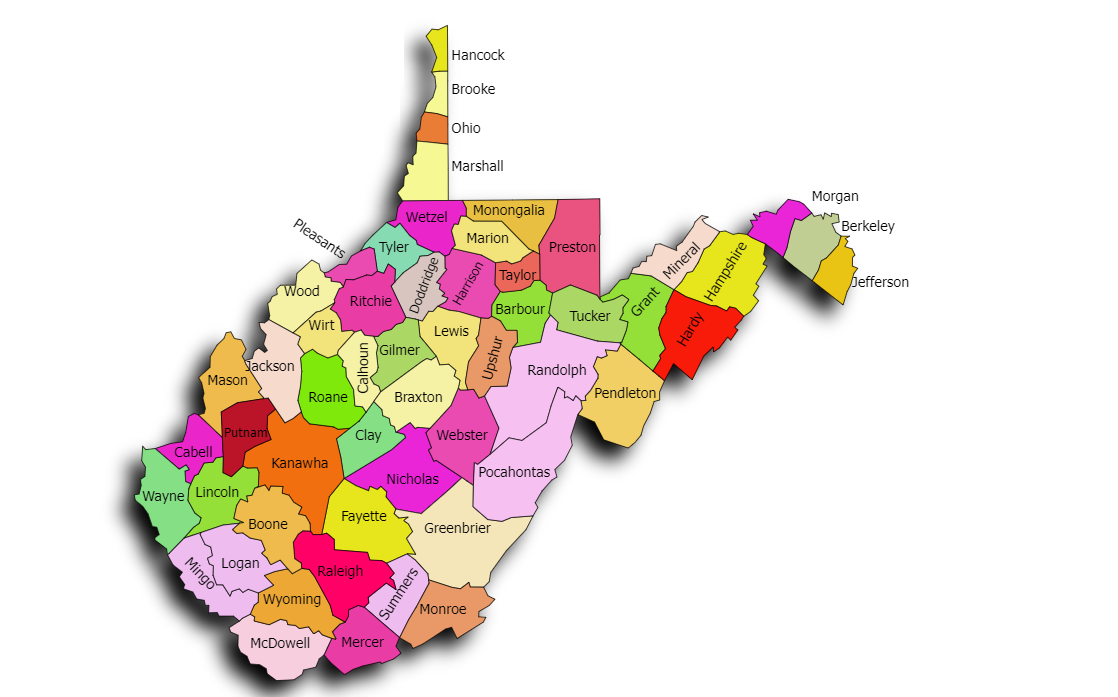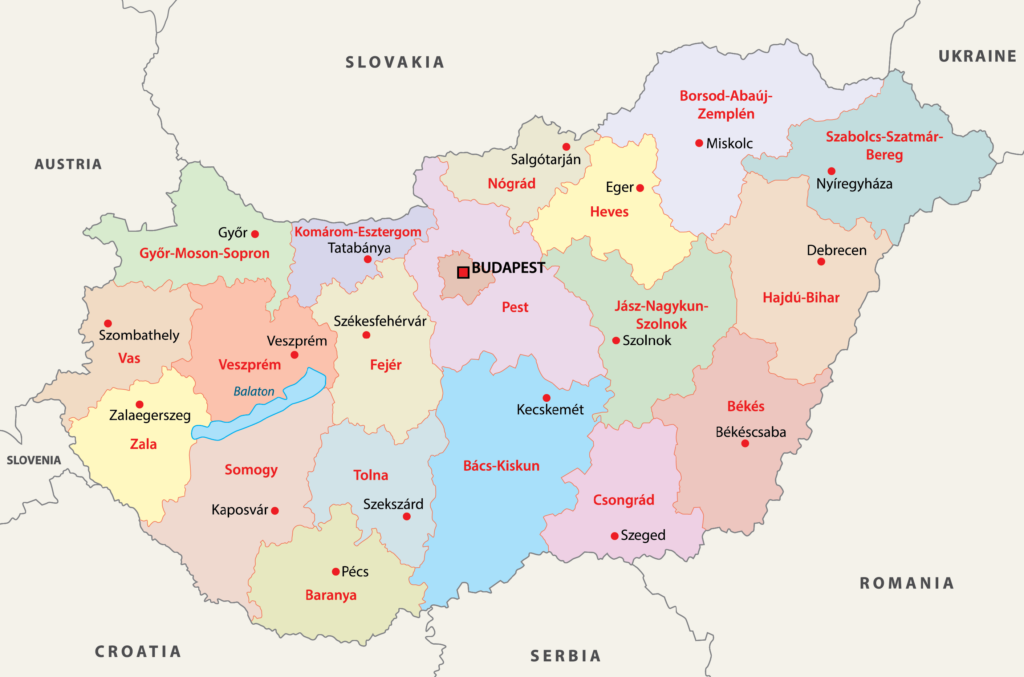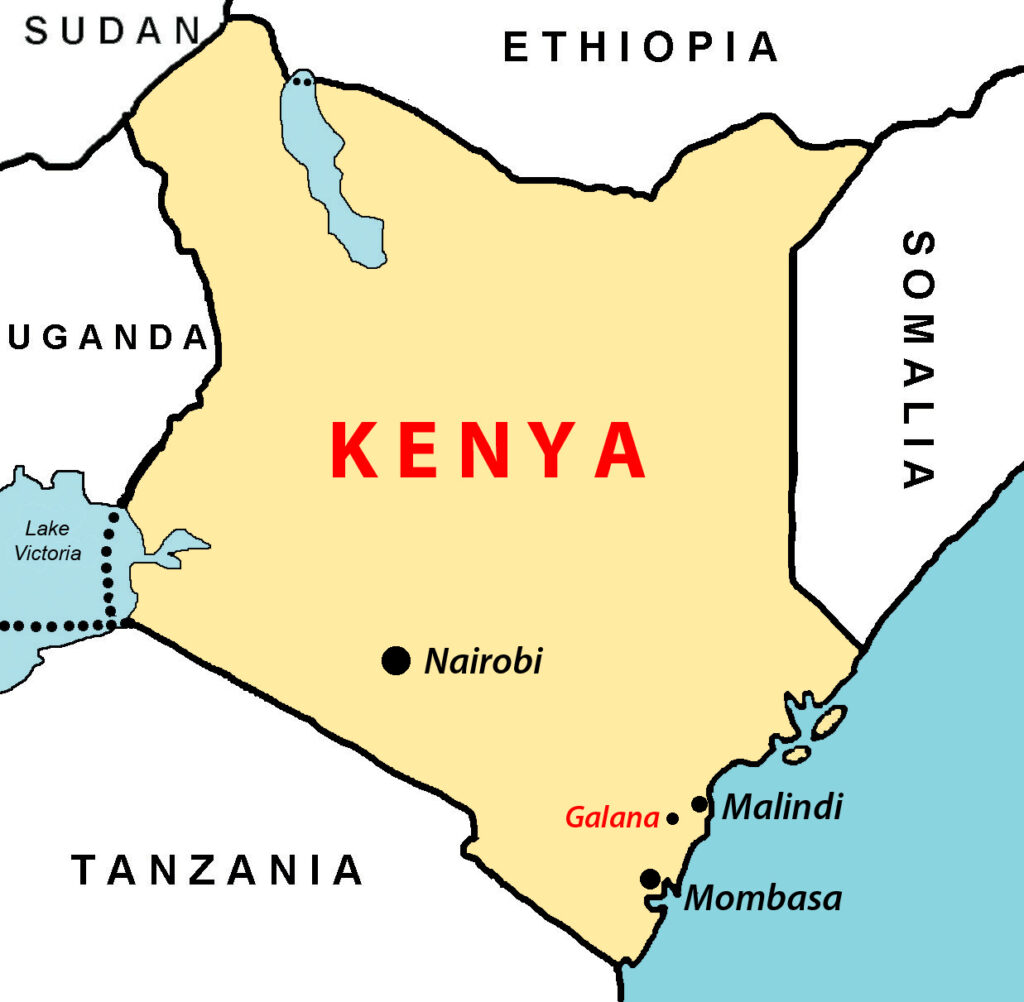Introduction
West Virginia, known as the Mountain State, is a diverse and picturesque region in the United States. Renowned for its rugged landscape, rich history, and cultural heritage, West Virginia offers a unique blend of natural beauty and fascinating facts. This guide will delve into the state’s geography, history, economy, and more, providing an in-depth look at what makes West Virginia a distinct and remarkable place.
Geography
Location and Borders
West Virginia is located in the Appalachian region of the Southern United States. It is bordered by Pennsylvania to the north, Maryland to the northeast, Virginia to the southeast, Kentucky to the southwest, and Ohio to the northwest. The state’s geographical coordinates are approximately 38.5976° N latitude and 80.4549° W longitude.
Topography and Major Features
West Virginia is known for its mountainous terrain, which is part of the Appalachian Mountains. The state can be divided into three major topographic regions:
Allegheny Plateau
This region covers the western part of the state and features rugged hills and valleys. The plateau is known for its coal deposits and dense forests.
Allegheny Mountains
Running through the eastern part of the state, this region includes some of West Virginia’s highest peaks, including Spruce Knob, the state’s highest point at 4,863 feet (1,482 meters).
Ridge and Valley Region
Located in the eastern panhandle, this area is characterized by long, parallel ridges and valleys.
Rivers and Waterways
West Virginia is home to several significant rivers and waterways, including
- Ohio River: Forms the western boundary of the state and is a crucial waterway for commerce.
- Kanawha River: A major tributary of the Ohio River, running through the state’s capital, Charleston.
- Potomac River: Flows along the state’s northeastern border.
- Monongahela River: Flows northward into Pennsylvania and eventually merges with the Allegheny River to form the Ohio River.
Climate
West Virginia experiences a humid subtropical climate in the lower elevations and a humid continental climate in the higher elevations. The state sees four distinct seasons, with hot, humid summers and cold, snowy winters. Precipitation is fairly evenly distributed throughout the year.
History
Early Inhabitants
The area now known as West Virginia has been inhabited for thousands of years. Native American tribes, including the Shawnee, Cherokee, and Iroquois, lived in the region before European settlers arrived. These tribes utilized the land for hunting, fishing, and farming.
European Settlement
European settlers began arriving in the early 18th century. The region was initially part of Virginia, and early settlers included German and Scotch-Irish immigrants. Conflicts with Native American tribes were common as settlers expanded their territories.
Statehood and Civil War
West Virginia’s path to statehood is unique in American history. During the Civil War, the western part of Virginia was largely pro-Union, while the eastern part was aligned with the Confederacy. In 1863, West Virginia broke away from Virginia and was admitted to the Union as the 35th state on June 20, 1863.
Industrialization and Growth
Post-Civil War, West Virginia experienced significant industrial growth, particularly in coal mining and logging. The state’s abundant natural resources attracted industries and workers, leading to economic development and population growth.
Modern Era
In the 20th and 21st centuries, West Virginia has faced economic challenges, particularly due to the decline of the coal industry. However, the state has also seen growth in tourism, particularly outdoor recreation, and efforts to diversify its economy.
Economy
Major Industries
West Virginia’s economy has traditionally been based on natural resources, but it has diversified over time. Major industries include
Coal Mining
West Virginia has some of the largest coal reserves in the U.S. and coal mining has been a significant part of the state’s economy for over a century.
Natural Gas and Oil
The state has substantial natural gas and oil reserves, contributing to the energy sector.
Chemicals
The chemical industry is a major economic driver, with several large chemical plants located in the state.
Manufacturing
This sector includes the production of machinery, automotive parts, and other goods.
Tourism
West Virginia’s natural beauty attracts tourists for activities such as hiking, fishing, skiing, and white-water rafting.
Agriculture
Agriculture also plays a role in West Virginia’s economy. The state produces livestock (cattle and poultry), dairy products, apples, peaches, and hay. The diverse topography allows for various agricultural activities.
Economic Challenges and Development
West Virginia faces economic challenges, including the decline of the coal industry and a need to diversify its economic base. The state has been working on attracting new industries, investing in education, and improving infrastructure to foster economic development.
Demographics
Population
As of the 2020 census, West Virginia had a population of approximately 1.79 million people. The state has experienced population decline in recent decades due to economic challenges and outmigration.
Major Cities
- Charleston: The capital and largest city, known for its history, culture, and economic significance.
- Huntington: Home to Marshall University, this city is a hub for education and healthcare.
- Morgantown: Home to West Virginia University, it is a center for education, research, and technology.
- Wheeling: Known for its historic architecture and role in the state’s early industrial growth.
Ethnic Composition
West Virginia is predominantly white, with smaller populations of African Americans, Hispanics, and Asians. The state has a rich cultural heritage, with influences from Native American, German, and Scotch-Irish settlers.
Culture and Heritage
Music and Arts
West Virginia has a rich cultural heritage, particularly in folk music and the arts. The state is known for its traditional Appalachian music, bluegrass, and country music. Festivals such as the Vandalia Gathering celebrate this musical heritage.
Festivals and Events
The state hosts numerous festivals and events, including:
- Mountain State Forest Festival: One of the oldest and largest festivals in West Virginia, celebrating the state’s natural resources.
- West Virginia Italian Heritage Festival: Celebrates the contributions of Italian Americans to the state.
- State Fair of West Virginia: An annual event showcasing agriculture, crafts, and entertainment.
Historic Sites and Landmarks
West Virginia is home to many historic sites and landmarks, including:
- Harpers Ferry National Historical Park: A site of significant Civil War history.
- West Virginia State Capitol: Located in Charleston, known for its gold-domed building.
- New River Gorge Bridge: One of the longest steel arch bridges in the world, offering stunning views and recreational opportunities.
Education
Primary and Secondary Education
West Virginia has a comprehensive public education system, managed by the West Virginia Department of Education. The state has numerous public and private schools, offering K-12 education.
Higher Education
The state is home to several higher education institutions, including:
- West Virginia University (WVU): Located in Morgantown, it is the largest university in the state and a major research institution.
- Marshall University: Located in Huntington, known for its medical school and various research programs.
- West Virginia State University: A historically black university located in Institute.
Vocational and Technical Education
West Virginia also offers vocational and technical education programs to support workforce development. These programs are crucial for training individuals in skilled trades and technical fields.
Transportation
Roadways
West Virginia has an extensive network of highways and roads, including:
- Interstate Highways: Major interstates such as I-64, I-77, and I-79 run through the state, facilitating travel and commerce.
- Scenic Byways: The state boasts several scenic byways, such as the Highland Scenic Highway, offering breathtaking views of the Appalachian landscape.
Railways
Rail transportation has historically been significant in West Virginia, especially for coal transport. Amtrak provides passenger rail services, and several freight rail lines operate in the state.
Airports
West Virginia has several regional airports, with Yeager Airport in Charleston being the largest. These airports provide connections to major cities and support the state’s tourism and business sectors.
Public Transit
Public transit options include bus services in major cities and intercity bus services connecting different parts of the state. Efforts are ongoing to improve and expand public transit infrastructure.
Natural Attractions and Outdoor Activities
National Parks and Forests
West Virginia is home to several national parks and forests, including:
- New River Gorge National Park and Preserve: Known for its stunning gorge and outdoor recreation opportunities.
- Monongahela National Forest: Offers a vast expanse of wilderness for hiking, camping, and wildlife viewing.
State Parks
The state boasts numerous state parks, such as:
- Blackwater Falls State Park: Known for its dramatic waterfalls and scenic beauty.
- Cacapon Resort State Park: Offers a range of recreational activities, including golf and hiking.
Outdoor Activities
West Virginia is a paradise for outdoor enthusiasts, offering activities such as:
- Hiking and Camping: With numerous trails and campgrounds, the state is perfect for hiking and camping.
- White-water Rafting: The state’s rivers, particularly the Gauley and New rivers, are renowned for white-water rafting.
- Skiing and Snowboarding: In the winter, the state’s ski resorts, such as Snowshoe Mountain, attract skiers and snowboarders.
Fun and Interesting Facts
- Mothman Legend: Point Pleasant, West Virginia, is famous for the legend of the Mothman, a mysterious creature reportedly sighted in the 1960s.
- Oldest Population: West Virginia has one of the oldest populations in the U.S., with a median age higher than the national average.
- First Rural Free Delivery: The first rural free mail delivery service in the United States began in Charles Town, West Virginia, in 1896.
- Glass Industry: West Virginia is known for its glassmaking industry, with companies such as Blenko Glass producing hand-blown glassware.
Frequently Asked Questions (FAQs)
What are the major exports of West Virginia?
West Virginia’s major exports include coal, chemicals, machinery, and automotive parts.
Why is West Virginia known as the Mountain State?
West Virginia is called the Mountain State due to its location in the Appalachian Mountain range, featuring rugged terrain and numerous peaks.
What is the highest point in West Virginia?
The highest point in West Virginia is Spruce Knob, which stands at 4,863 feet (1,482 meters) above sea level.
How did West Virginia become a state?
West Virginia became a state on June 20, 1863, after separating from Virginia during the Civil War due to political differences regarding Union and Confederate allegiances.
What is the state capital of West Virginia?
The state capital of West Virginia is Charleston.
What is West Virginia known for historically?
West Virginia is historically known for its coal mining industry, significant Civil War history, and rich cultural heritage in Appalachian music and arts.
What are some popular tourist attractions in West Virginia?
Popular tourist attractions include Harpers Ferry National Historical Park, New River Gorge National Park, and the Greenbrier resort.
What types of outdoor activities are popular in West Virginia?
Popular outdoor activities in West Virginia include hiking, camping, white-water rafting, skiing, and fishing.
How does West Virginia’s climate vary across the state?
West Virginia’s climate varies with elevation, with lower areas experiencing a humid subtropical climate and higher elevations experiencing a humid continental climate.
What is the significance of the New River Gorge Bridge?
The New River Gorge Bridge is one of the longest steel arch bridges in the world, known for its architectural significance and the annual Bridge Day festival, where visitors can walk across the bridge and watch BASE jumping.
Conclusion
West Virginia is a state rich in natural beauty, cultural heritage, and historical significance. From its rugged mountains and scenic rivers to its vibrant music and arts scene, West Virginia offers a unique and fascinating glimpse into the heart of Appalachia. Whether you are interested in exploring its outdoor wonders, delving into its history, or understanding its economic landscape, West Virginia provides a wealth of opportunities for discovery and adventure.
- The Largest Lizards In The World - September 9, 2024
- Taos, New Mexico - September 9, 2024
- The Most Colorful Birds From Around The World - September 9, 2024





